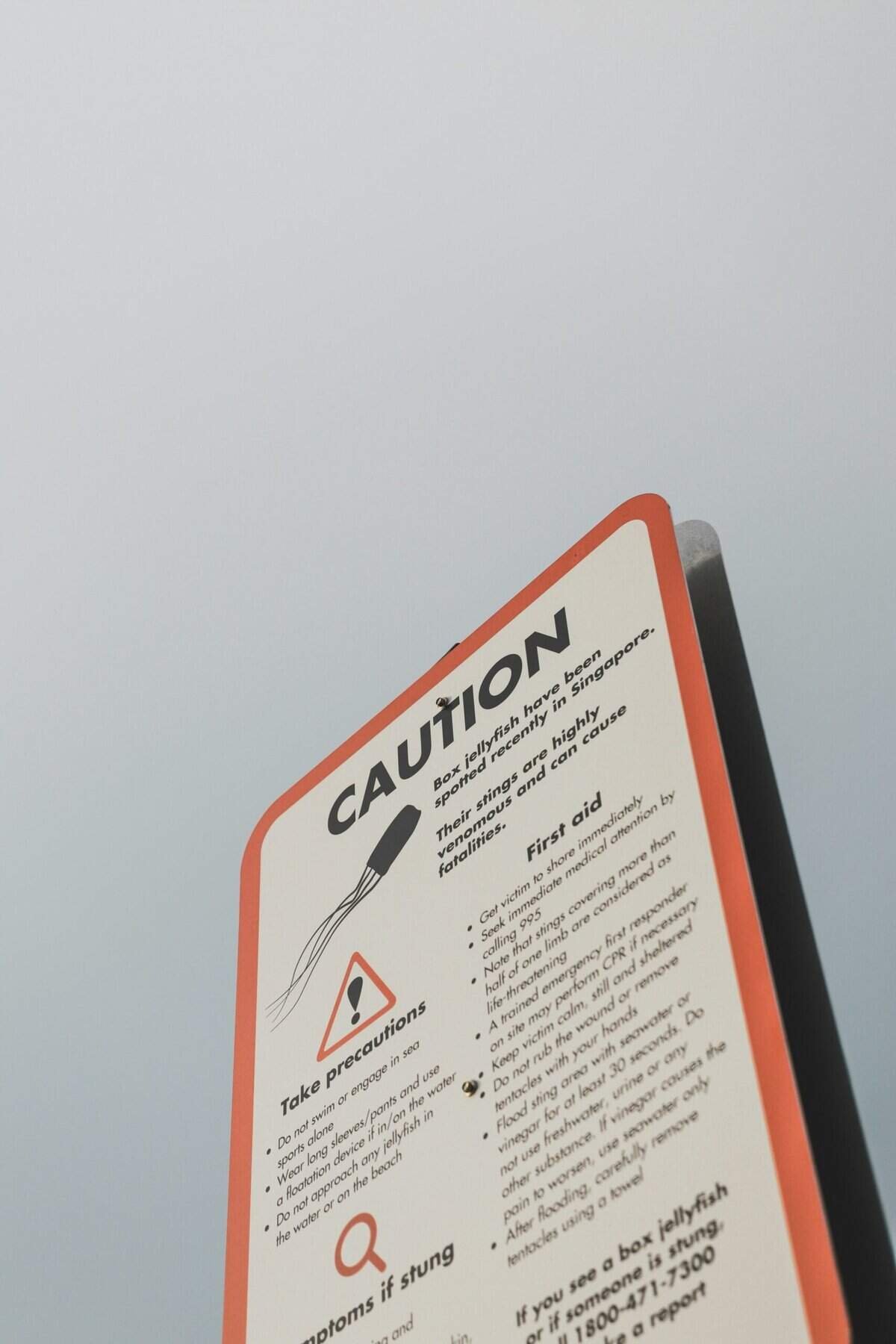Have you ever considered the quality of the well water you drink or use in your home? If you rely on a private well for your water supply, you’re likely aware of the importance of regular water testing to ensure its safety. But there’s one question that might not immediately come to mind: can radon be present in well water? Furthermore, if you find contaminants in your well water, you might wonder if chlorine bleach can be used to disinfect it. Let’s explore these questions in depth to give you a clear understanding of how radon can affect well water and the best practices for keeping your water safe.
Understanding Radon and Its Sources
What is Radon?
Radon is a naturally occurring radioactive gas that is colorless, tasteless, and odorless, making it impossible to detect without specific tests. It forms from the decay of uranium in soil, rock, and water, and it can enter the air you breathe through cracks and openings in foundations and floors. Most people are familiar with the risks of radon in the air, but radon can also be dissolved in water, which poses unique challenges, especially for those using well water.
How Does Radon Get Into Well Water?
Radon can get into well water when the radioactive gas from the surrounding rocks and soil seeps into the underground water supply. This situation is more prevalent in areas with granite formations or other uranium-rich geological structures. If you have a private well, particularly a drilled well, you might be at risk of radon due to the well’s proximity to these natural sources of the gas.

Health Risks Associated with Radon in Water
Is Radon in Water a Health Concern?
When radon is present in well water, it poses a dual threat. The first risk comes from consuming the water; although the ingestion of radon in water is less harmful than inhaling it, it can still contribute to an increased long-term risk of internal organ cancers, primarily stomach cancer. The second and more significant concern is the release of radon into the air when you use water for daily activities such as showering, cooking, or washing clothes, where it then becomes a part of the air you breathe and can increase the risk of lung cancer.
Symptoms of Radon Exposure
Long-term exposure to radon increases the risk of developing lung cancer, but unfortunately, there are no immediate symptoms to indicate radon exposure. Thus, regular testing of both air and water is essential to detect and mitigate radon levels effectively.

Testing for Radon in Well Water
Why Test for Radon in Your Well Water?
Testing is the only way to determine if radon is present in your well water, as you cannot see, smell, or taste it. Knowing the radon level in your water can help you decide on the right course of action to protect your family’s health.
How to Test for Radon in Well Water
To test for radon in well water, you can use a kit specifically designed for this purpose. These kits are typically available from state-certified laboratories or environmental agencies. When conducting a test, it’s crucial to follow the kit’s instructions carefully to ensure accurate results. After collecting a water sample, you’ll send it to the lab for analysis.
Interpreting Test Results
Radon levels in water are measured in picocuries per liter (pCi/L). The Environmental Protection Agency (EPA) recommends taking action to reduce radon in your water if levels exceed 4,000 pCi/L. Although the primary concern is radon in the air, the level of radon in water that contributes significantly to indoor air levels also warrants mitigation efforts.

Reducing Radon Levels in Well Water
Common Radon Reduction Techniques
Once you’ve identified a radon issue in your well water, several techniques can reduce levels:
Granular Activated Carbon (GAC) Units: These systems use carbon filters to absorb radon from water. GAC units are effective for lower radon concentrations, but they have to be replaced regularly, and the used carbon can become radioactive waste.
Aeration Systems: Aeration involves spraying the water or mixing it with air, allowing radon to release into the air through a venting system. It’s more effective for high radon levels and removes radon before the water enters your household plumbing.
Choosing the Right System for Your Well
Selecting the appropriate system depends on various factors, including the radon concentration, water usage, and budget. Consulting with a water treatment professional can help you make an informed decision, ensuring that the chosen method effectively addresses your specific situation.

Disinfecting Your Well: Can Chlorine Bleach Help?
When to Disinfect Your Well
Disinfecting your well is a crucial step, particularly if you detect bacterial contamination or after a disruption in the well system, like repairs or natural disasters. Regular disinfection can help maintain water quality by eliminating harmful pathogens.
Using Chlorine Bleach for Disinfection
Chlorine bleach is a common, effective method for disinfecting well water. The chlorine solution should be carefully prepared and introduced to your well to ensure complete disinfection while avoiding damage to the well infrastructure or adverse health effects.
Steps to Chlorinate Your Well
Here is a simplified process to chlorinate your well:
Turn off Power to the Pump: This is crucial for safety before starting the chlorination process.
Calculate the Amount of Bleach Needed: Determine the total volume of water in your well and system to calculate how much bleach you’ll need. Typically, one gallon of bleach is sufficient for a well with a high radon concentration, but this varies based on well size and water volume.
Mix and Introduce Bleach Solution: Dilute the bleach in water and pour it into the well. You should circulate the water through plumbing fixtures until you smell chlorine at each outlet.
Let the Solution Sit: Allow the chlorinated water to remain in the system for 12 to 24 hours, ensuring the chlorine has ample time to eliminate contaminants.
Flush the System: Finally, flush the system to remove any remaining chlorine, ensuring it’s safe for use. Make sure to safely dispose of the chlorinated water to avoid environmental impact.
Safety Precautions
When handling chlorine bleach for disinfection, adhere to safety guidelines such as wearing protective gloves and eyewear and ensuring adequate ventilation to prevent inhalation of fumes.

Conclusion: Ensuring Safe Well Water
Keeping your well water safe involves regular testing for radon and other contaminants, understanding the risks associated with radon, and knowing how to effectively mitigate them. If you find radon in your well water, consider professional guidance to choose the best reduction method for your needs. For bacterial contaminants, responsible use of chlorine bleach can help disinfect your water. By being proactive and informed, you can ensure the health and safety of your household’s water supply, supporting a healthy lifestyle now and into the future.
